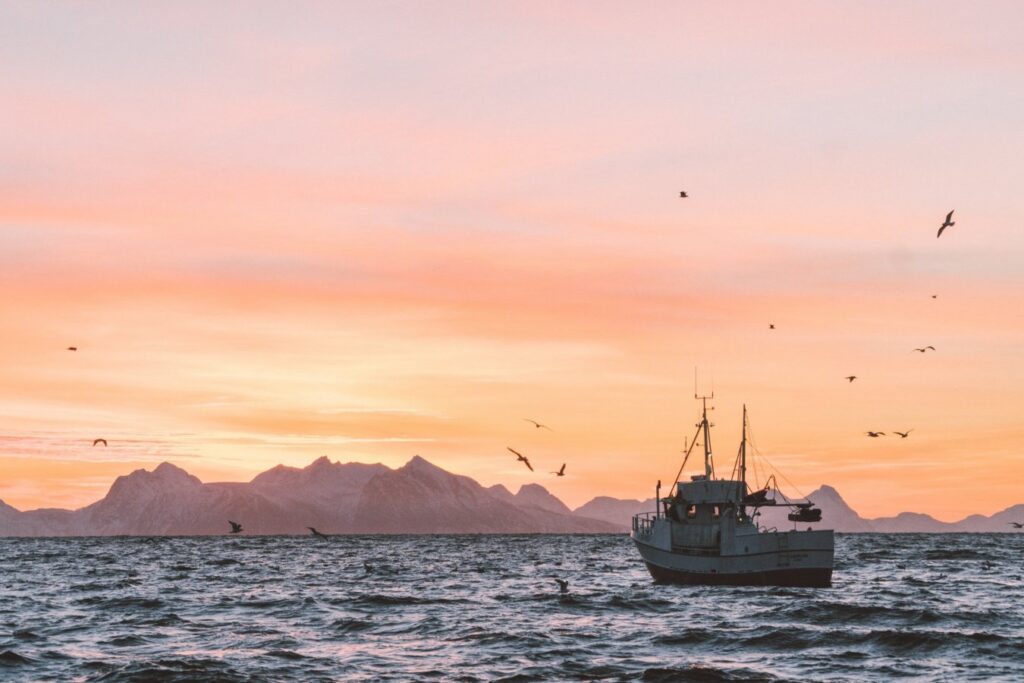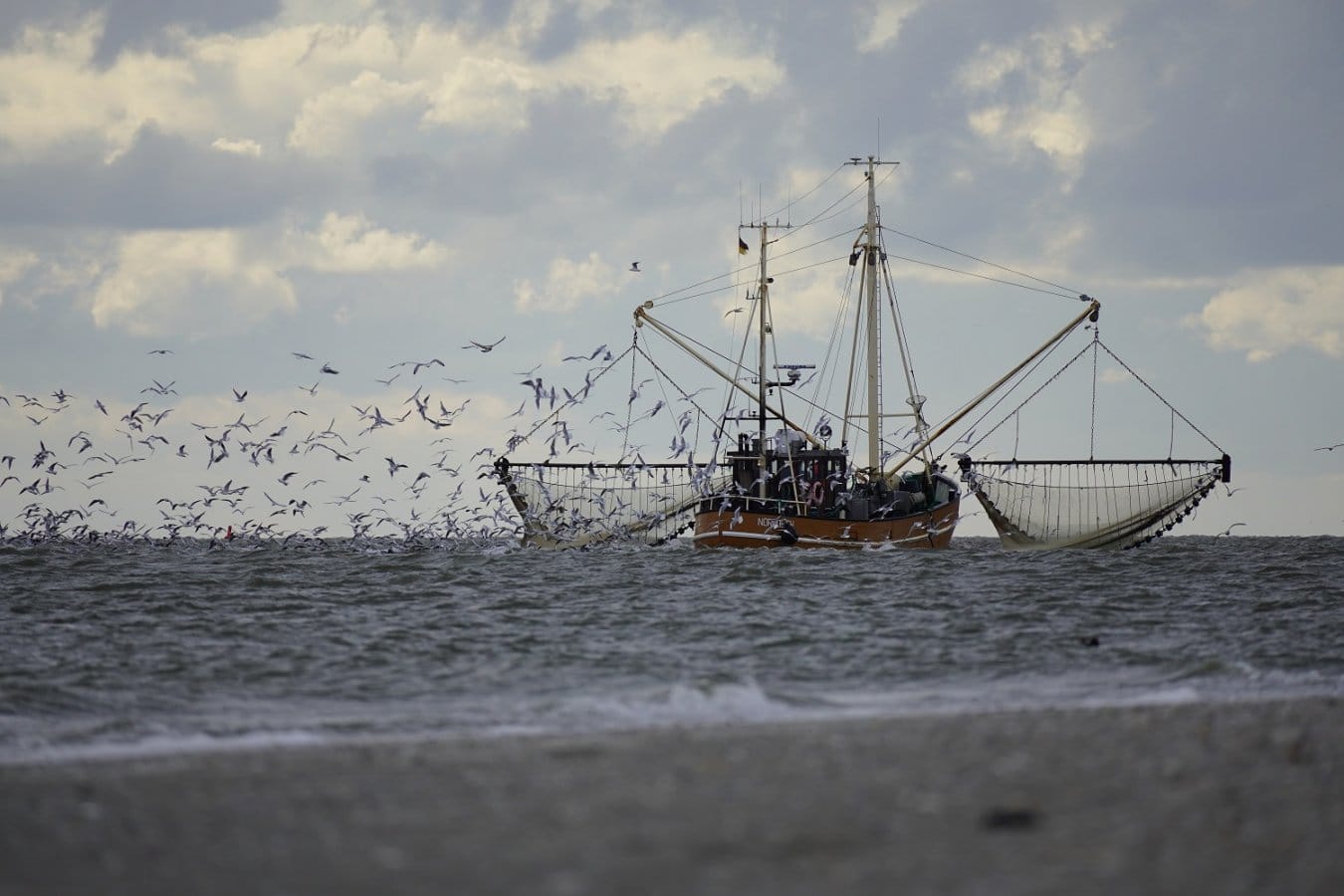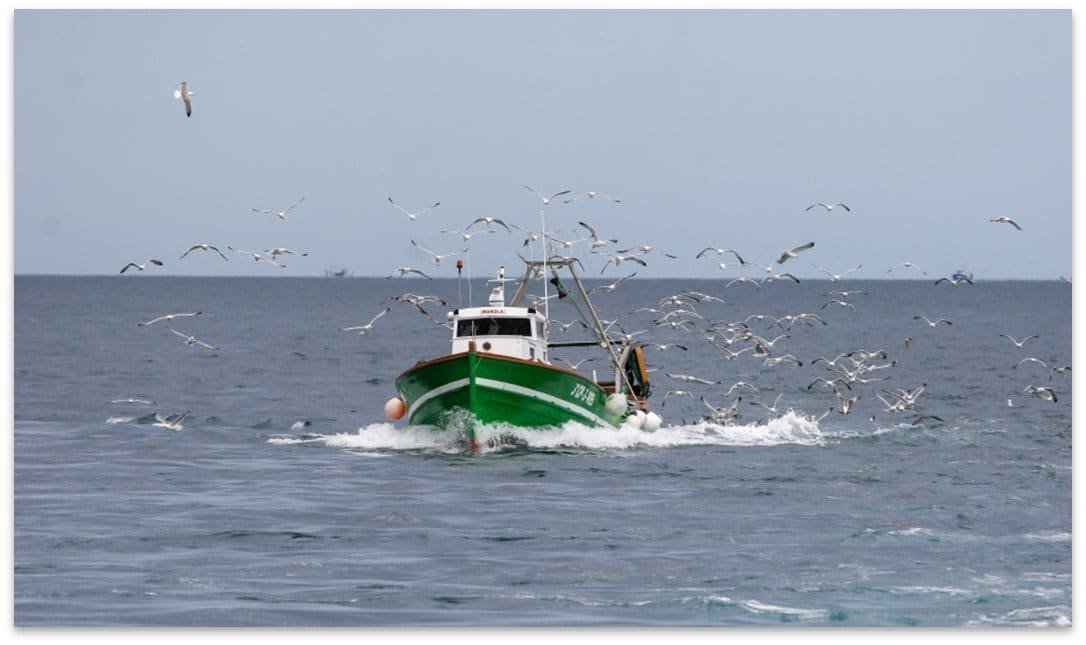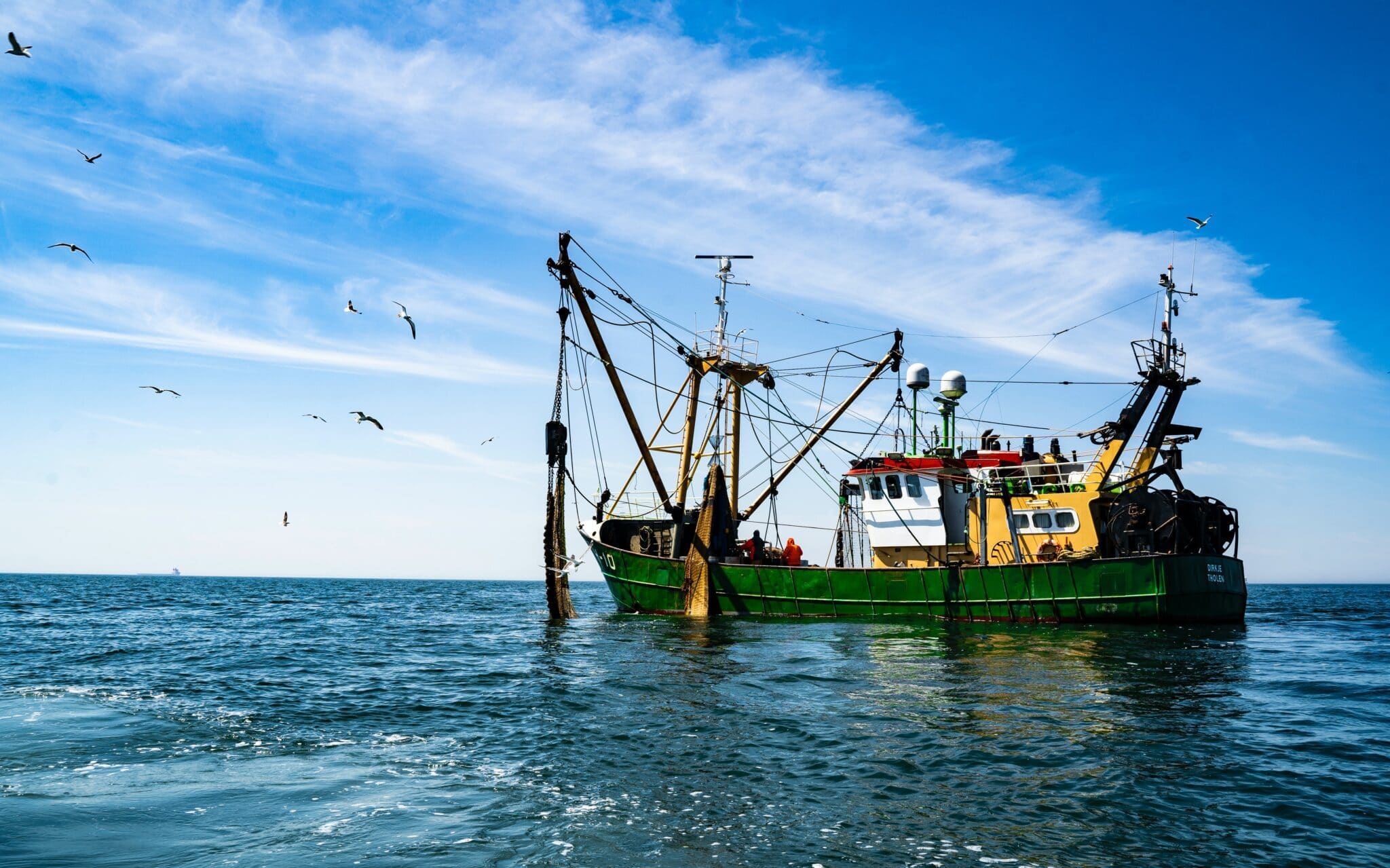Environmental impact of the use of European Maritime and Fisheries Fund (EMFF) in France

A new report found that the French government has spent €41.6 million were spent on harmful subsidies between 2014 and 2019.
By Bruna Campos
A new report by BirdLife’s French Partner ‘La Ligue pour la Protection des Oiseaux’ (LPO) has revealed that the French government has spent over €253 million on subsidies between 2014 and 2019. The report, which was released last week, analysed how France used its share of the European Maritimes and Fisheries Fund (EMFF) during this 5-year period. The findings show that of these €253 million, €41.6 million were spent on harmful subsidies – expenditures that directly promote overfishing. Upon closer investigation, LPO found out that the French government has spent:
- €4 million euros to buy fishing vessels
- This is one of the most perverse forms of subsidies as 69% of European fish stocks are already overfished.
- This is one of the most perverse forms of subsidies as 69% of European fish stocks are already overfished.
- €35 million to increase aquaculture production without any sustainability criteria linked to it
- Public money is being used to help industries make a profit even though it could be at the cost of destroying the marine environment. Meanwhile, it keeps this sector dependent on public funds even if their business is not economically viable or environmentally sustainable.
Harmful subsidies include any subsidy that reduces the operational costs of the fishing sector such as building new vessels or enhancing fishing gear. Some subsidies are also provided to fishing companies and vessels that engage in detrimental practices such as the destruction of marine life, may involve slave labour, or that catch large proportions of fish not intended for sale or non-fish species such as seabirds, dolphins and turtles.
The report also investigated how EMFF funds were spent on Marine Natura 2000 sites. However, as France did not produce a Prioritised Action Framework, an investment plan that Member States are expected to produce to ensure species and habitats reach favourable conservation status, it is difficult to pinpoint how this spending linked to achieving the conservation objectives of the French Natura 2000 network.
The lack of transparency and clarity of information provided by the French government makes it virtually impossible for the public to hold them accountable for their use of public funds.
The EU is currently negotiating the future EMFF, from 2021 – 2027. However, the French government has yet to speak out against harmful subsidies. On the contrary, in their joint declaration with Italy and Spain, they have spoken in favour of more money for harmful subsidies: even demanding more fishing vessels. Their position also omits ring fencing at least 25% to nature protection and restoration, and they have asked for less transparency because they view it as too “bureaucratic”. If France is really behind a green recovery, as they have stated, then they need to ensure this happens at sea, and this starts with the EMFF.
Read the report:
- The use of the European Maritime and Fisheries Fund (EMFF) in France in relation to the protection of the marine environment and its resources (EN)
- Utilisation du Fonds européen pour les affaires maritimes et la pêche (FEAMP) en France en lien avec la protection de l’environnement marin et ses ressources (FR)
Image credits: © Knut Troim / Unsplash
You might also be interested in:
 | Stichting BirdLife Europe gratefully acknowledges financial support from the European Commission. All content and opinions expressed on these pages are solely those of Stichting BirdLife Europe. The European Commission is not responsible for any use that may be made of the information it contains. |









